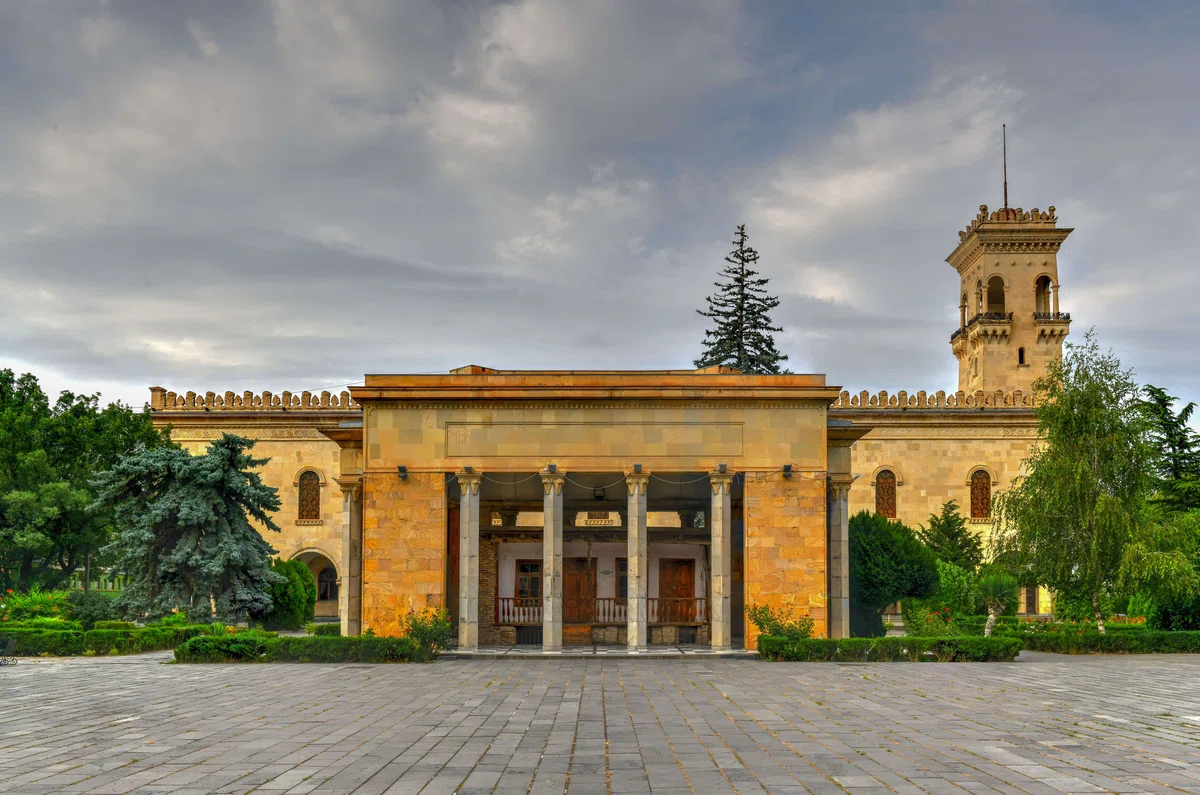
The most unusual museums in Georgia. Museum of Stalinism.
There are very few museums like the Museum of Stalinism in Georgia. That is why you should visit this unique place. The museum includes the house where Joseph Stalin was born, as well as a building with a tower and a private train car. The museum itself is full of personal belongings, manuscripts, and documents. If you are a fan of Stalin's work, then by no means pass by this place.
Address: Gori, Stalin Avenue, No. 32
The museum includes a memorial house where the statesman and politician of the Soviet period Joseph Vissarionovich Stalin (1879-1953) was born, as well as an exhibition building with a tower and Stalin's personal carriage with an interior, in which he traveled to Tehran, Yalta and Potsdam. The museum contains Stalin's personal belongings, the Kremlin office, manuscripts, gifts from various countries, a mask removed from his face after his death (author - Manizer), canvases (U. Japaridze, L. Gudiashvili, E. Akhvlediani, G. Totibadze, K. Magalashvili, Ap. Kutateladze, A. Bletkin, V. Serov, D. Maisashvili, S. Semenov and others).
It is also noteworthy that the museum was opened during Stalin’s lifetime, in 1937, when the repressions of the Bolshevik regime became especially brutal.
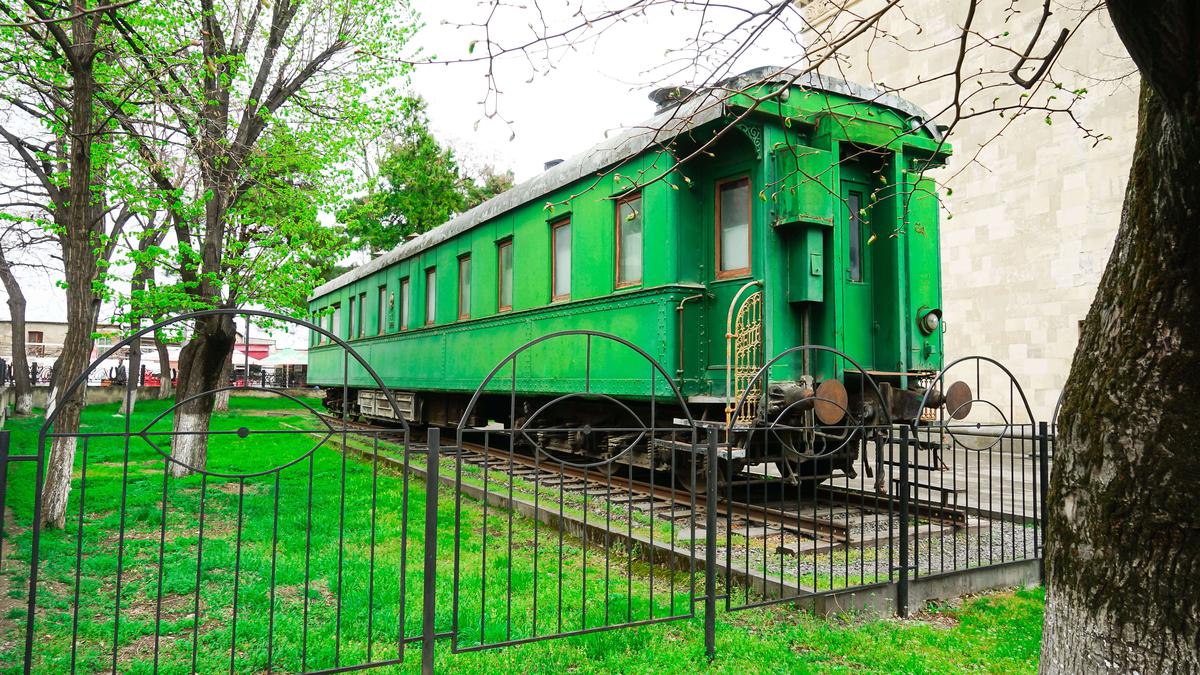
Born in Gori, Joseph Vissarionovich Dzhugashvili was sent by his mother to study at an Orthodox seminary at the age of 11. For his anti-tsarist views, he was nicknamed "Koba" at the seminary, after the famous Georgian robber and bandit. He left his studies early and became involved in revolutionary activities.
In 1903, after a split in the Social Democracy, he joined the Bolshevik faction led by Lenin. He robbed banks to finance the party. In 1812, he became a member of the central committee and took the name Stalin, which means "steel man." He edited the Bolshevik newspaper Pravda. In 1913, he was exiled to Siberia, and in 1917 he returned to Petrograd and played a key role during the Bolshevik coup.
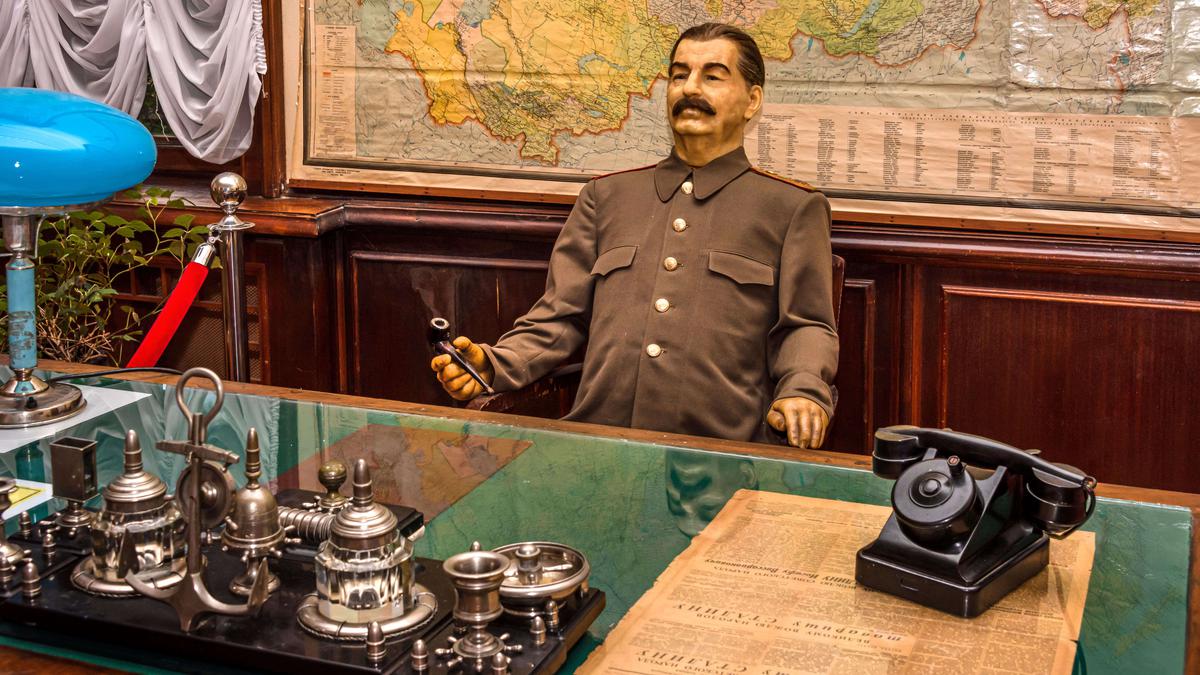
In 1924, after Lenin's death, Stalin seized the reins of power and declared a ruthless struggle against the opposition. In 1936-1938, on his orders, under the pretext of industrialization and collectivization, show trials were held, during which millions of people were found "guilty" and sentenced to death or sent to the "gulags" of Siberia.
After victory in World War II, which in the Soviet Union was called the Great Patriotic War, Stalin extended the repressive communist regime to the countries of Eastern Europe, which the Red Army "liberated". Europe was divided into two parts, separated from each other by an "iron curtain", according to Winston Churchill.
Relations between East and West later slid into a "cold war".
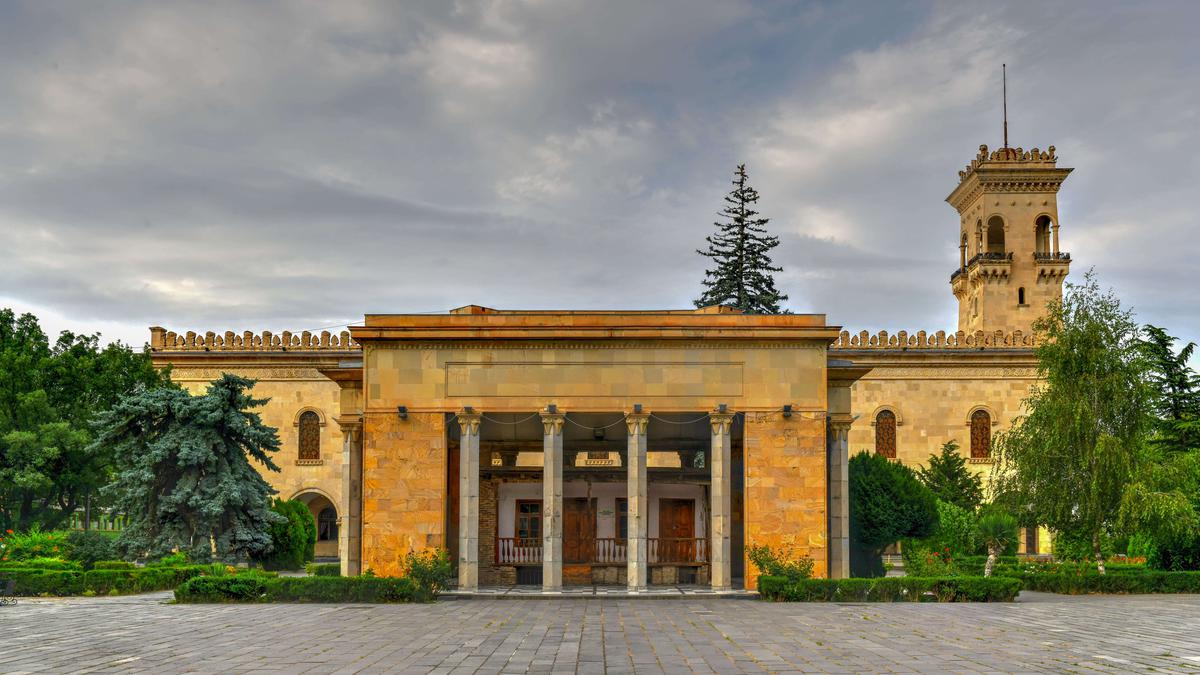
Museum of Stalinism in Gori–This is a unique place that every patriot of history should visit. In the museum you will find many personal belongings of Joseph Stalin, his office, a mask removed after his death, and documents. However, when visiting this museum, it is worth remembering the tragic period of the history of the USSR that it reflects.
The museum is located in the place where the statesman and politician of the Soviet period Joseph Vissarionovich Stalin was born. The memorial house was opened in 1937, when the repressions of the Bolshevik regime became especially cruel. This place shows how one person could have such a huge impact on the history of the country, as well as on world history.
The exhibition building of the museum has a tower and Stalin's personal carriage, where he traveled to Tehran, Yalta and Potsdam. You can see the interior that he used during his travels. The museum also contains the Kremlin office, manuscripts, gifts from various countries of the world and paintings from leading Georgian artists.
Despite the fact that Joseph Stalin played a huge role in the history of the USSR and world history in general, his policies left tragic consequences. From 1936 to 1938, he ordered show trials in which millions of people were found “guilty” and sentenced to death or sent into exile in Siberian camps. It is therefore important to remember that visiting the Stalinism Museum is not an excuse for his policies, but an opportunity to understand how one man could have such a huge impact on the history of his country and the world.
This is the Joseph Stalin Museum, which is located in Gori, Georgia. The site is Stalin’s Christmas home and was converted into a museum after his death in 1953. The museum opened to the public in 1957 and has since become a popular tourist destination.
However, the Joseph Stalin Museum evokes different reactions from people. Some believe that it is a place to learn more about Stalin’s life and work, while others believe that it is a place that glorifies Stalin’s cruel deeds and does not pay enough attention to his victims. Recently, the museum has become the subject of controversy and debate in Georgia, with some people calling for its closure. Despite this, the museum continues to attract many tourists from all over the world who want to learn more about this historical period and Stalin as a person.
The Joseph Stalin Museum contains a huge number of exhibits related to the life and work of this outstanding politician. Among them are his personal belongings, documents, photographs, portraits, souvenirs associated with his name, as well as exhibits telling about the life and social activities in the USSR during Stalin's rule.
Many visitors rate the Joseph Stalin Museum as a unique opportunity to get acquainted with the history of the Soviet Union and Stalin's personality in particular. However, there are also those who criticize the museum, believing that it embellishes history and presents Stalin in an overly favorable light.
Despite the controversy, the Joseph Stalin Museum remains a popular place among tourists and people interested in the history of the USSR. At the same time, it is also an object of scientific research for historians and political scientists who study and analyze the period of Stalin's rule and its influence on the development of the Soviet Union and world history.
--------------------------
We invite you to leave your comments and ask questions under this article. We are always happy to communicate with our readers and are ready to answer any of your questions. Your comments can be a valuable addition to our article, and your questions will help us better understand what interests you. Leave your feedback and we will be happy to interact with you!





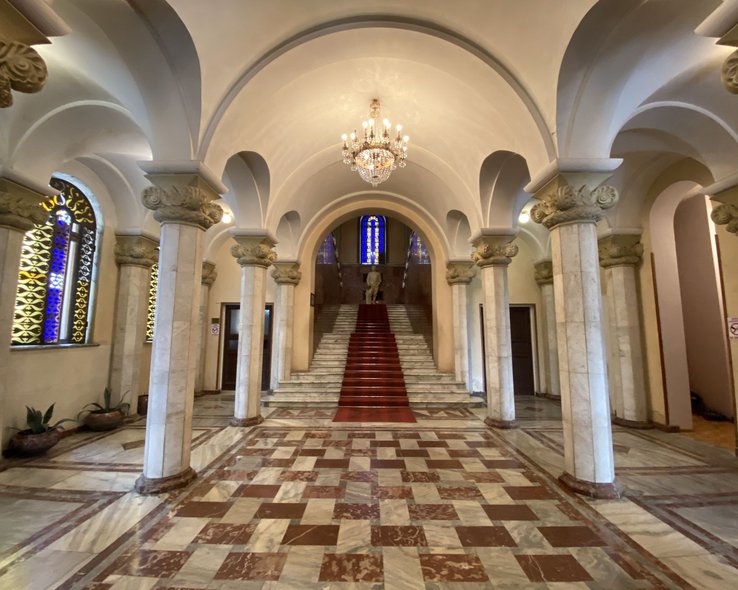
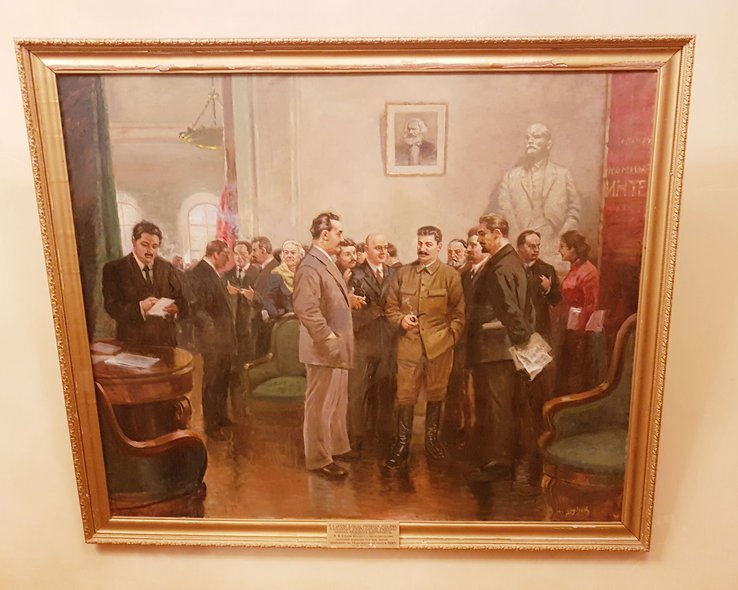
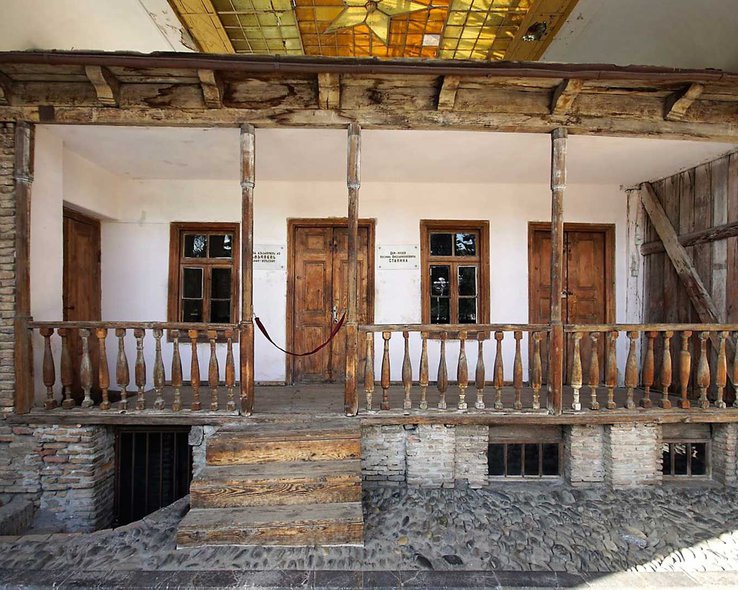
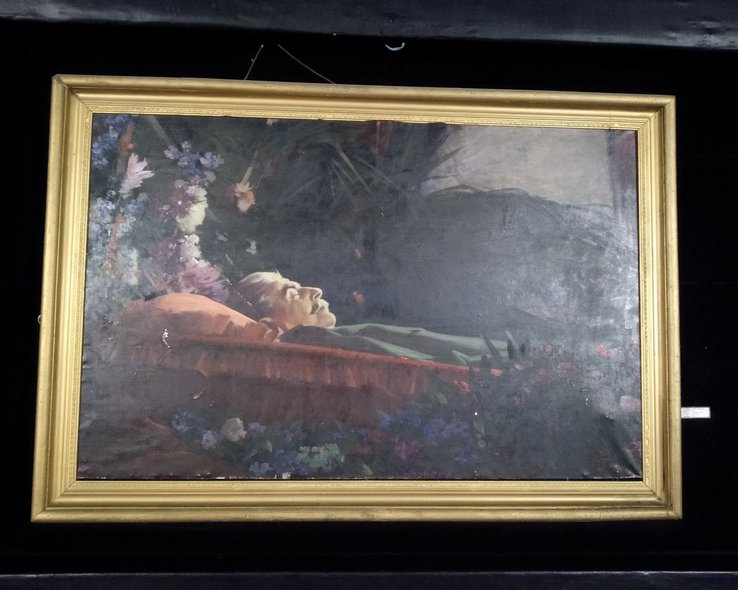
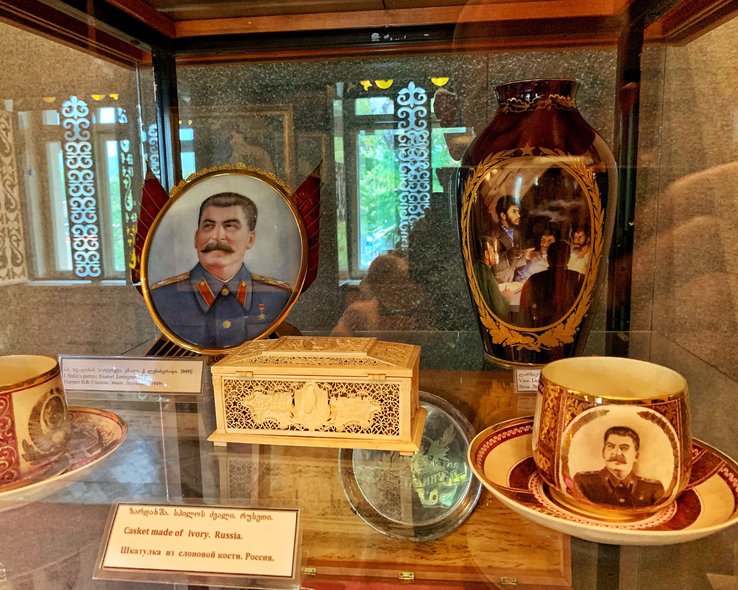

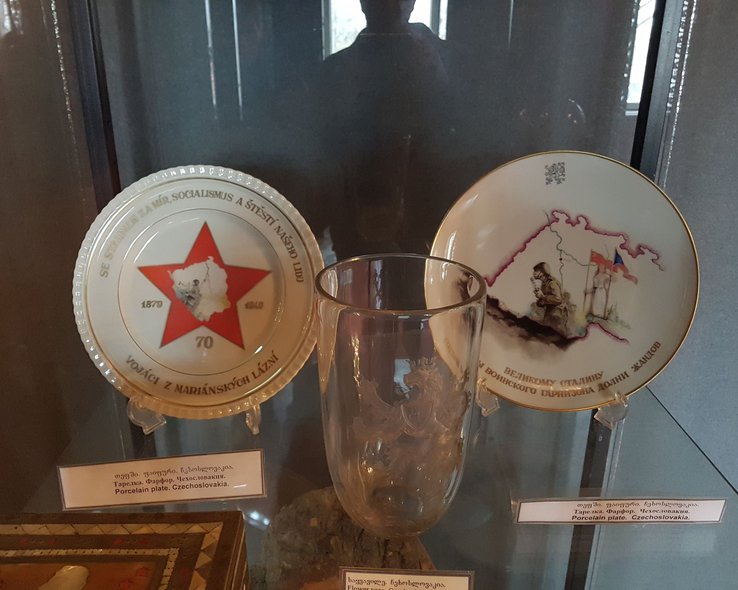
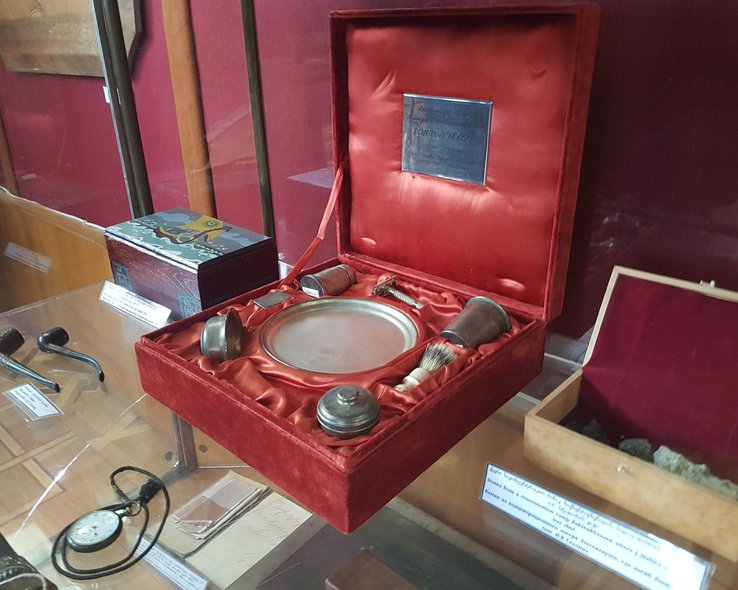
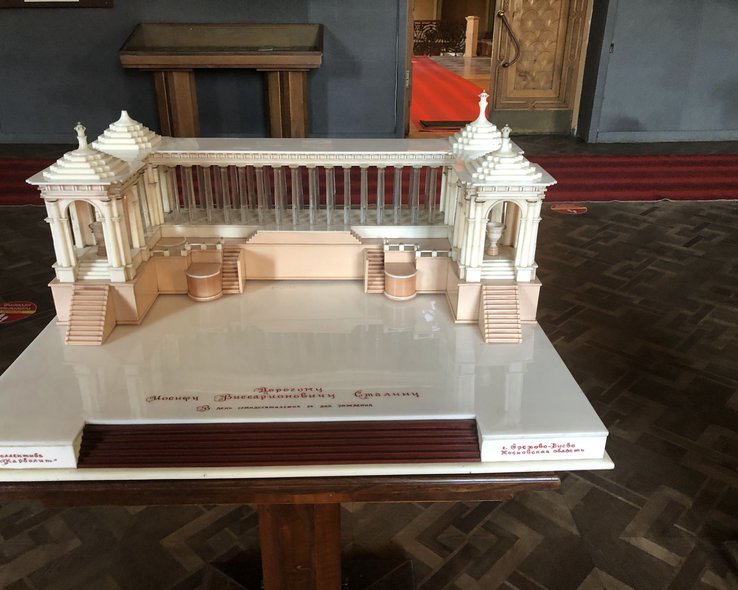
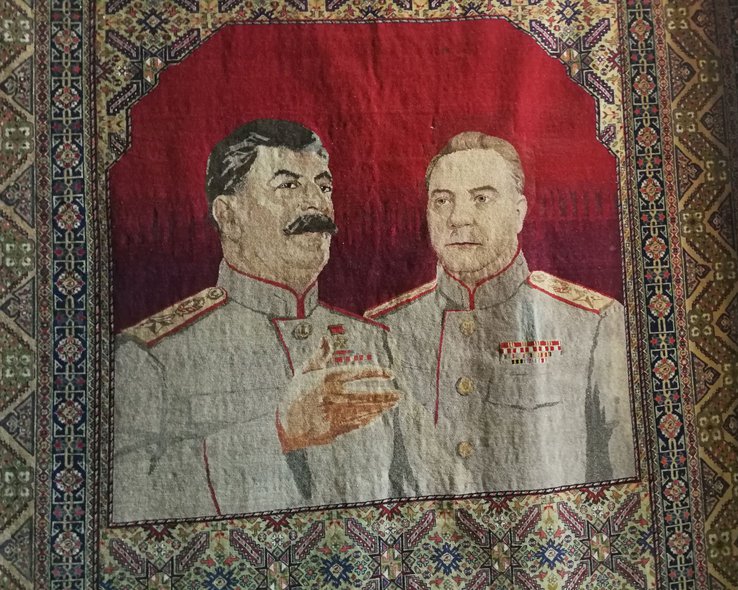
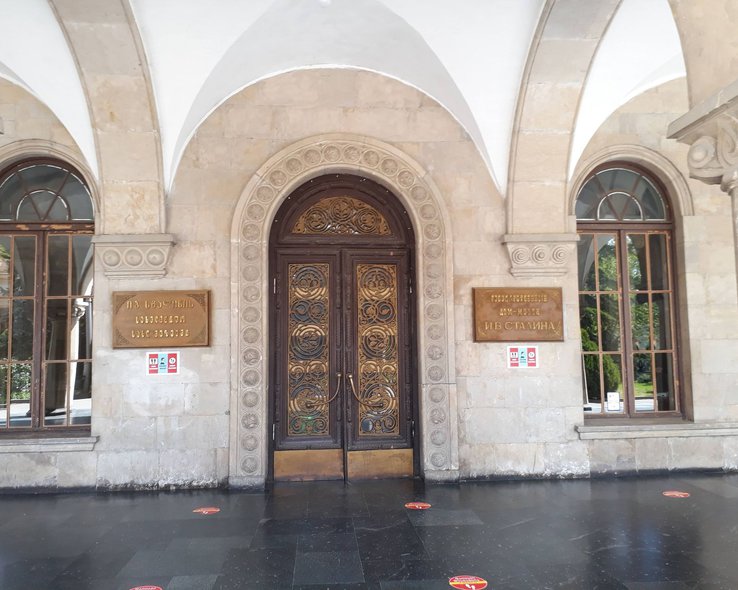
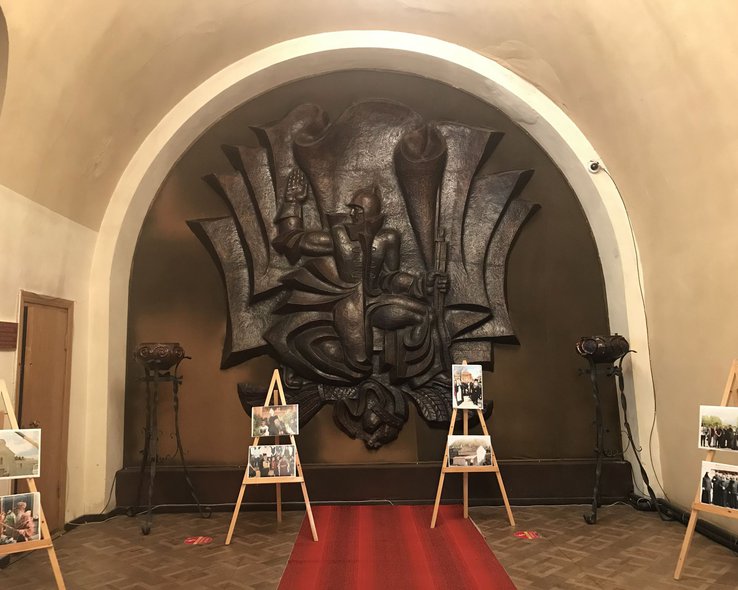
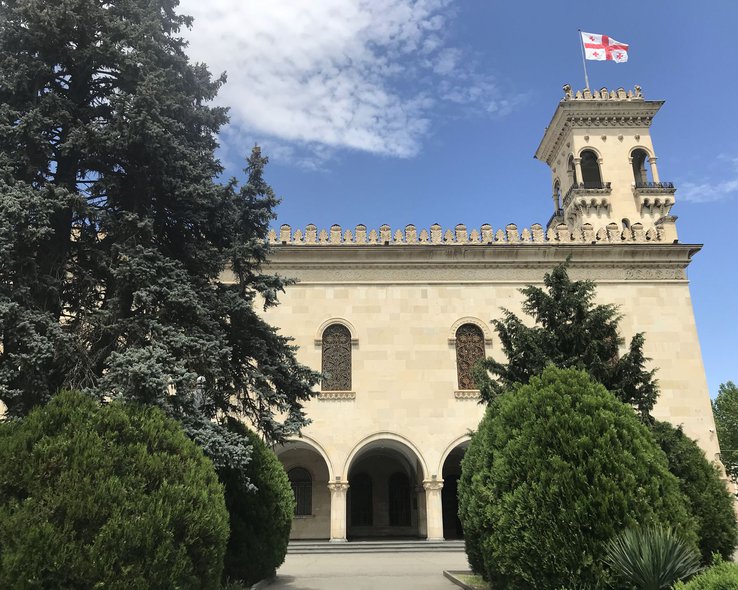
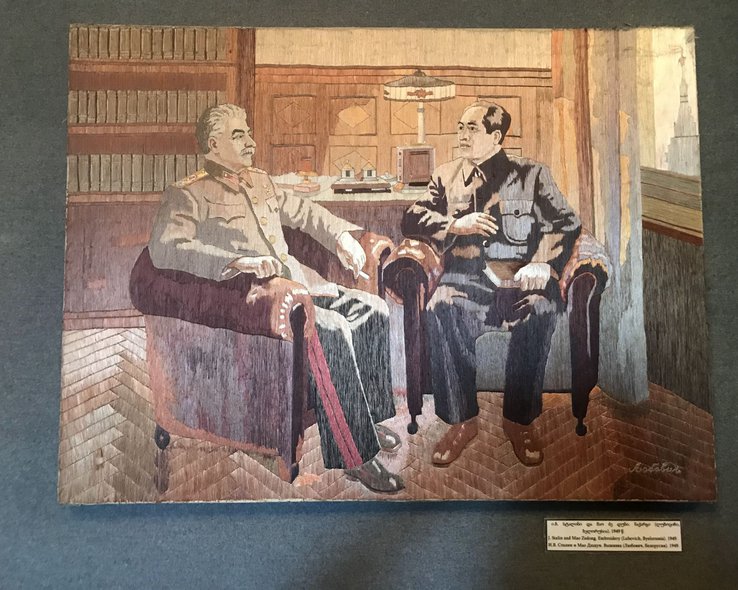
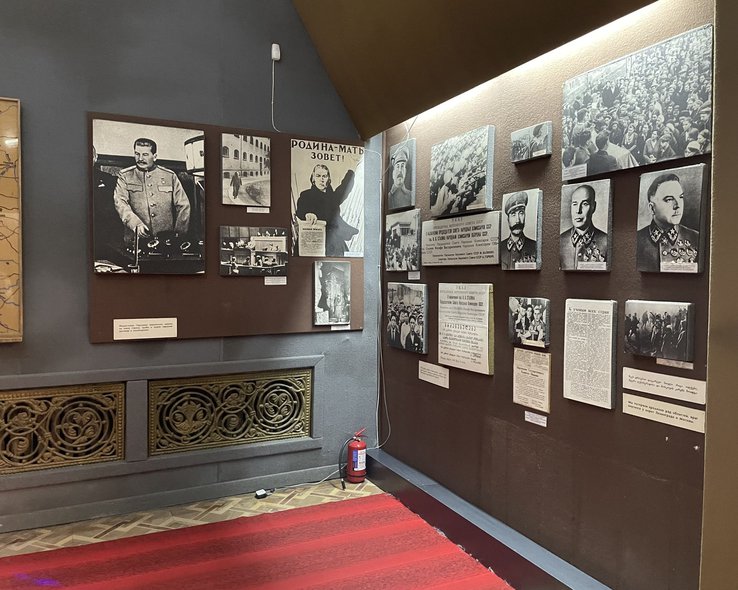
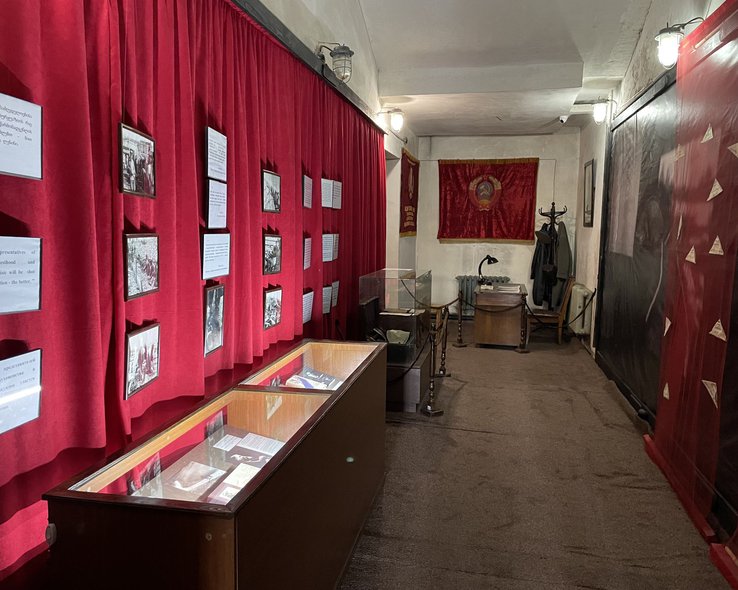
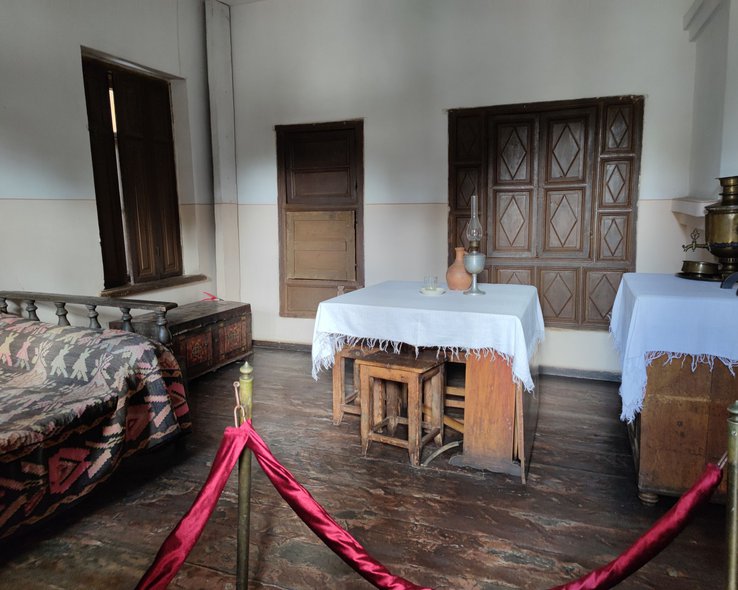
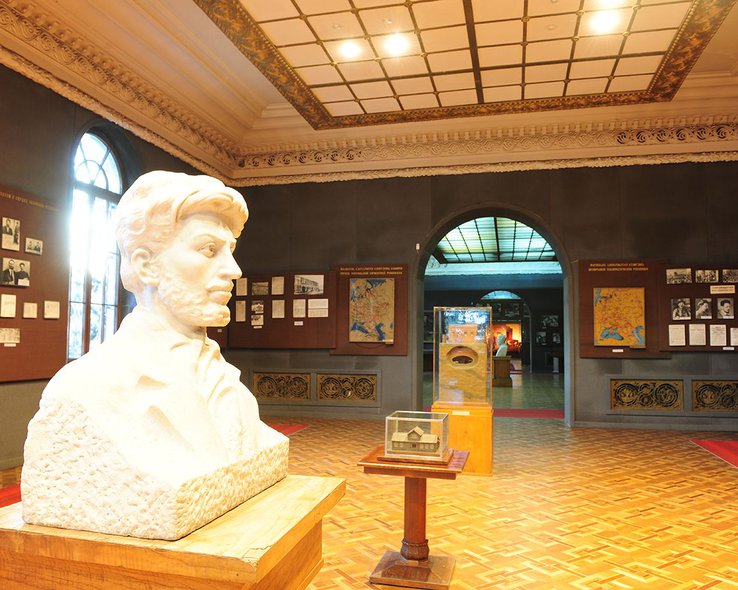
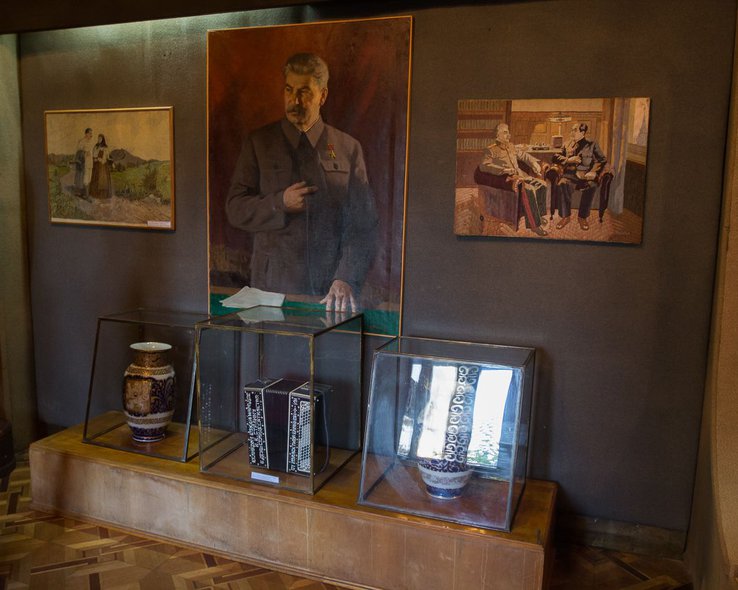
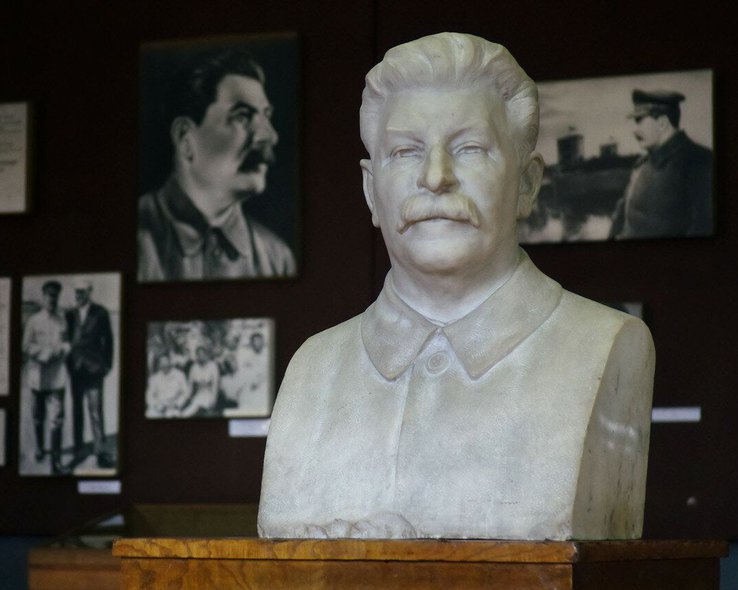
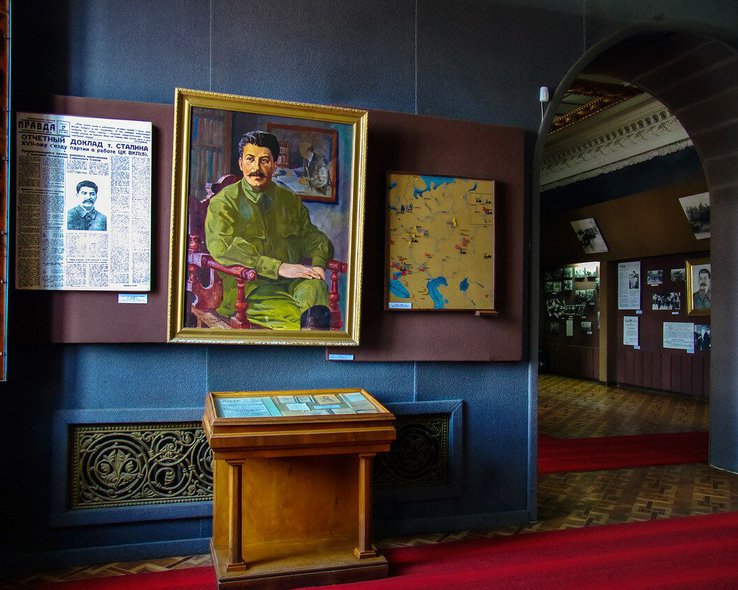
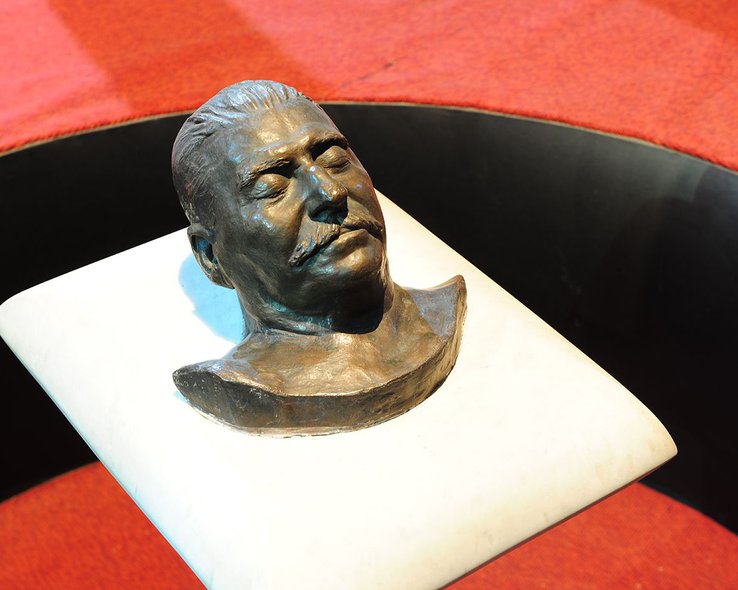
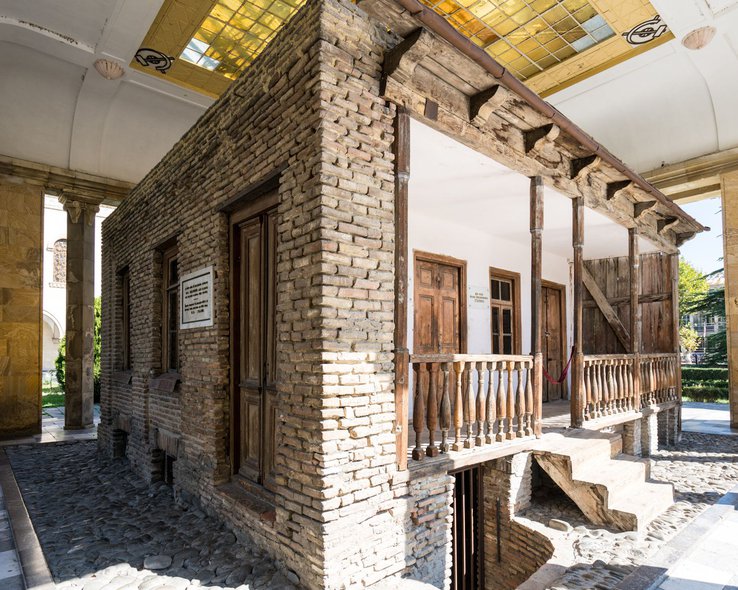

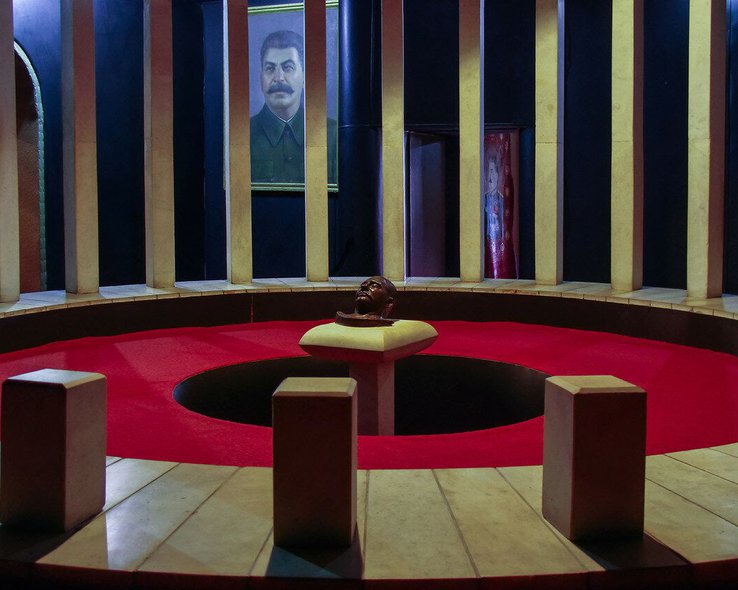
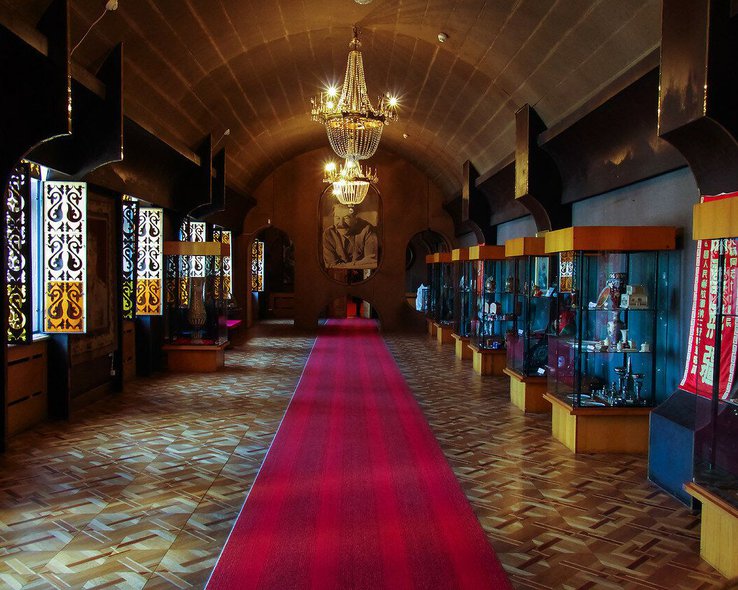
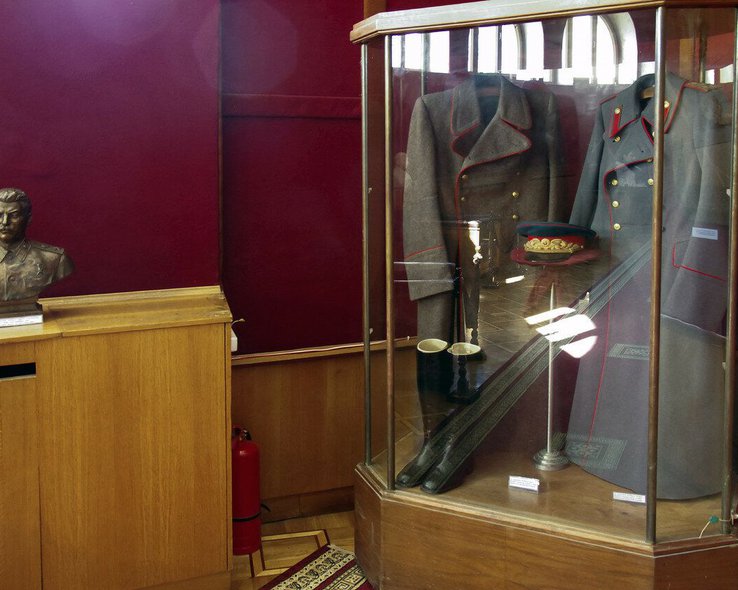
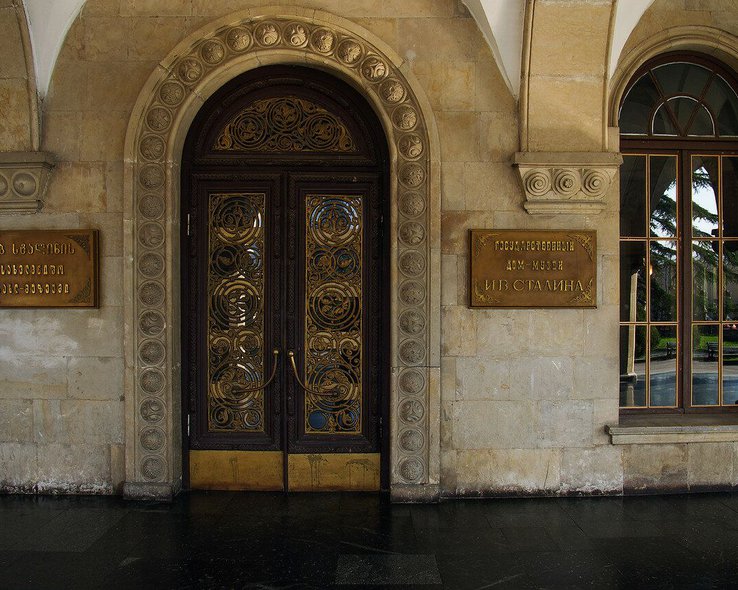
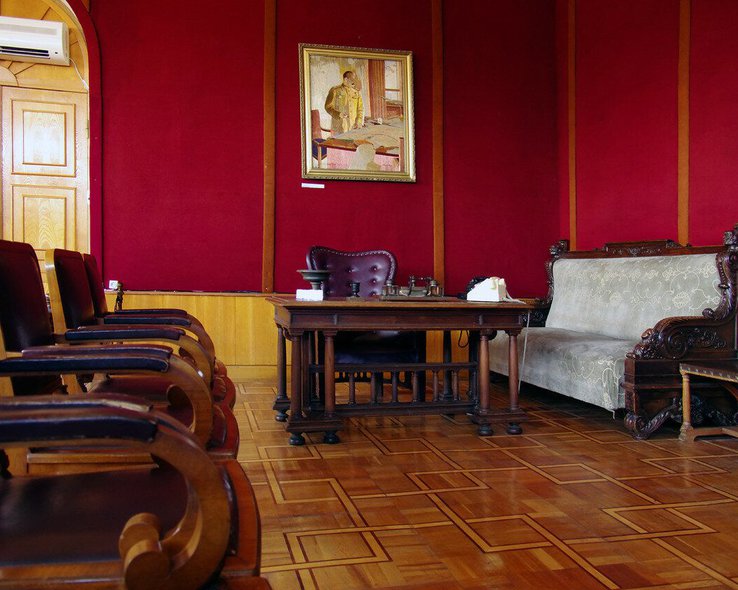
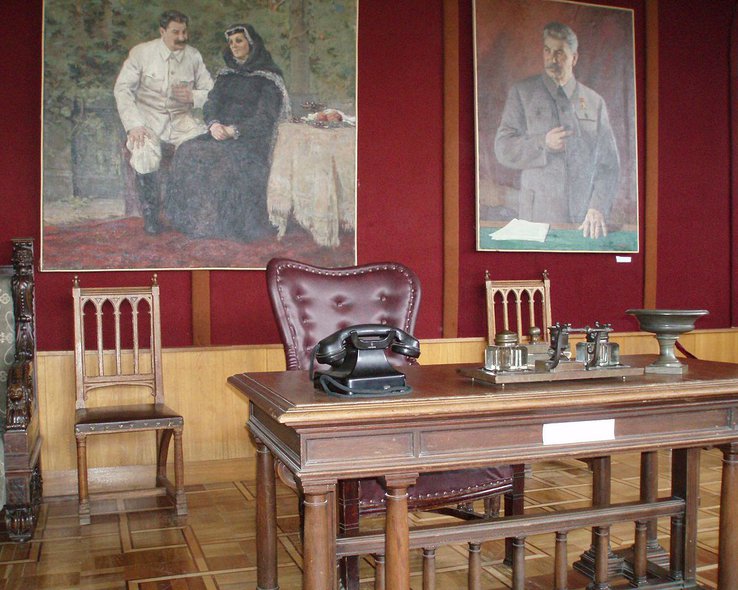
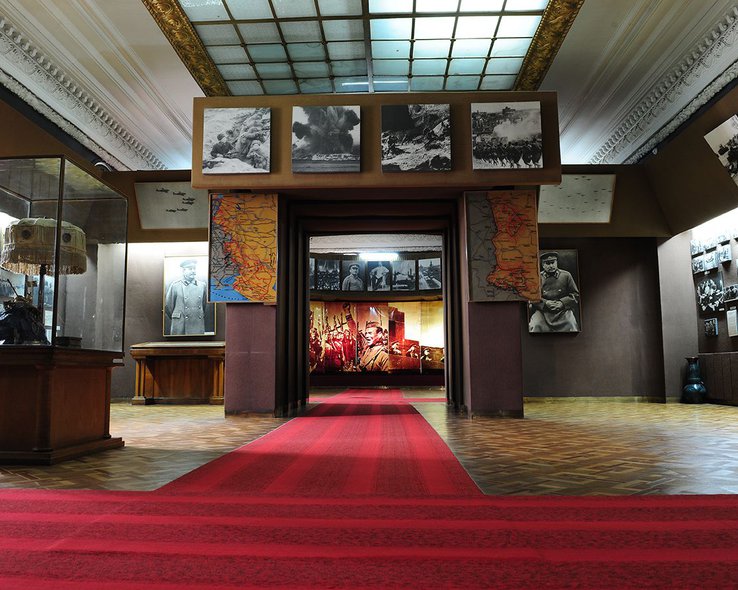
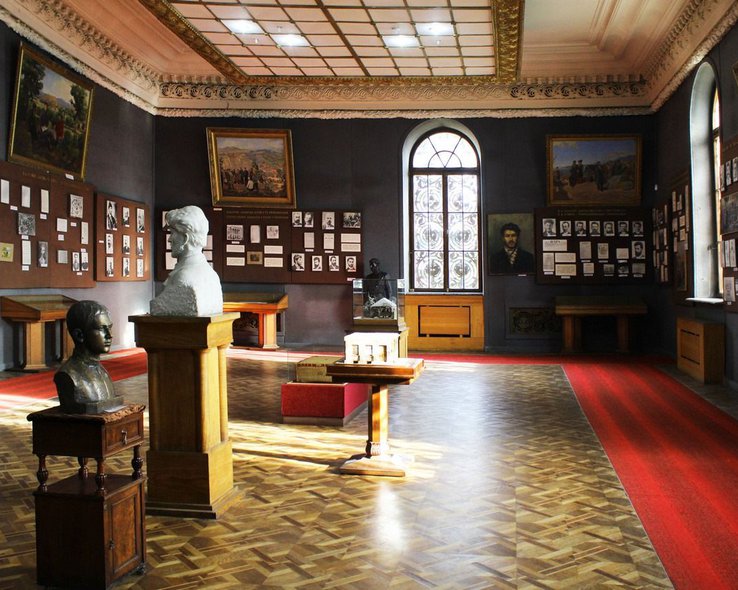
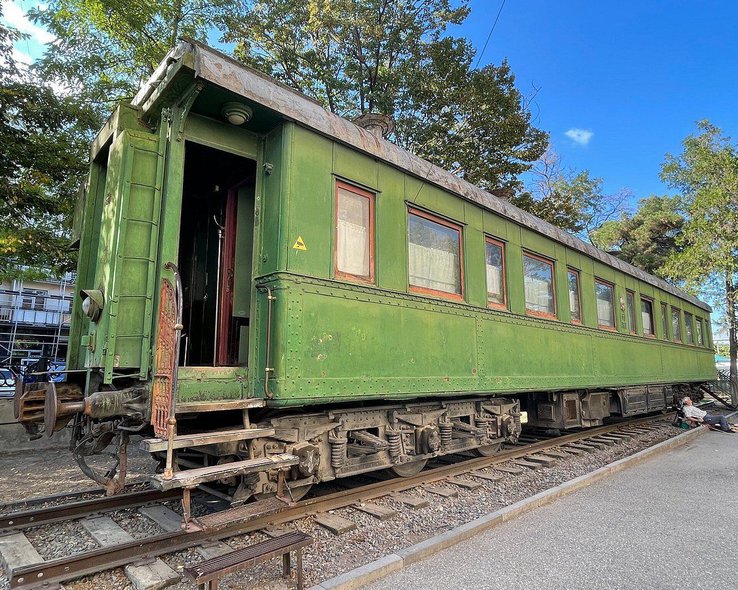
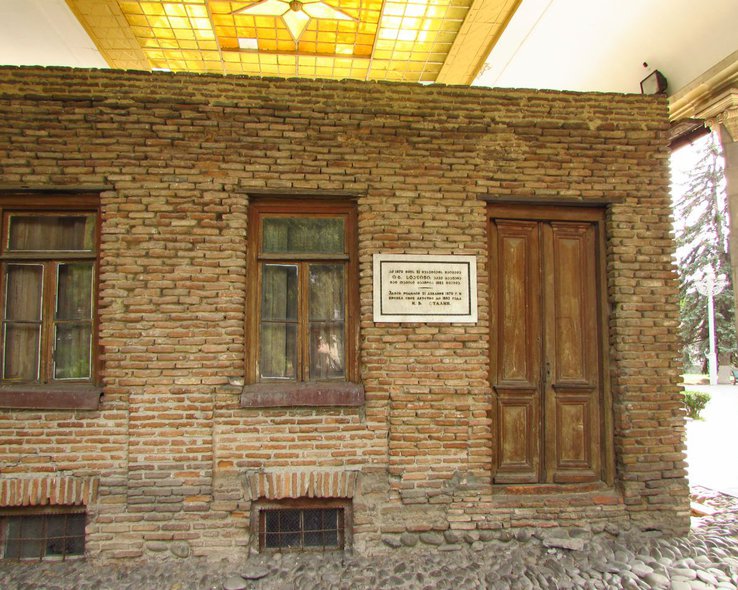
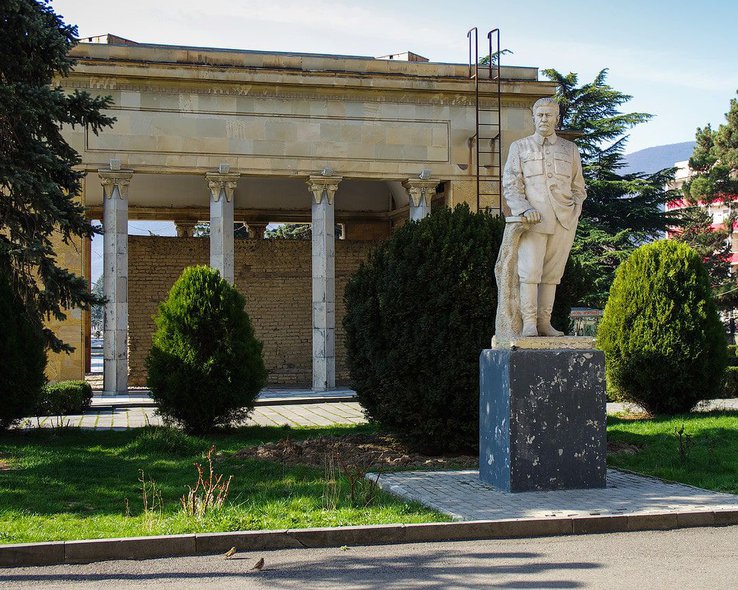
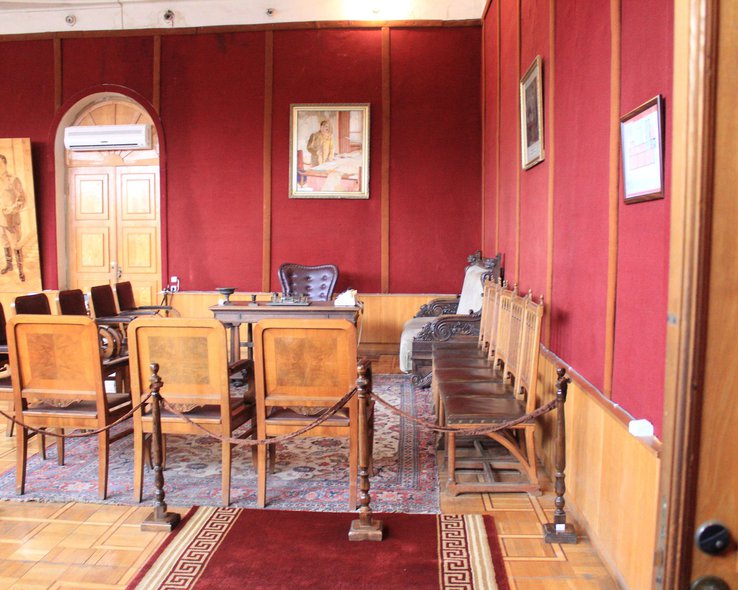
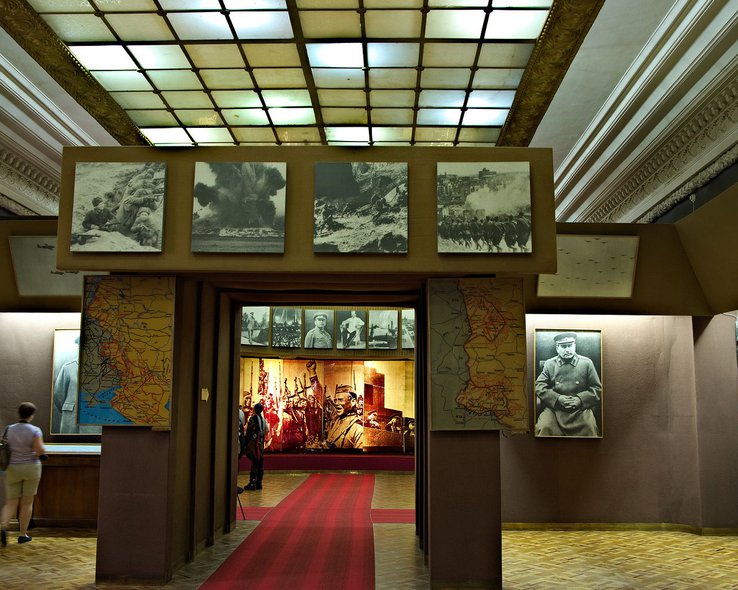
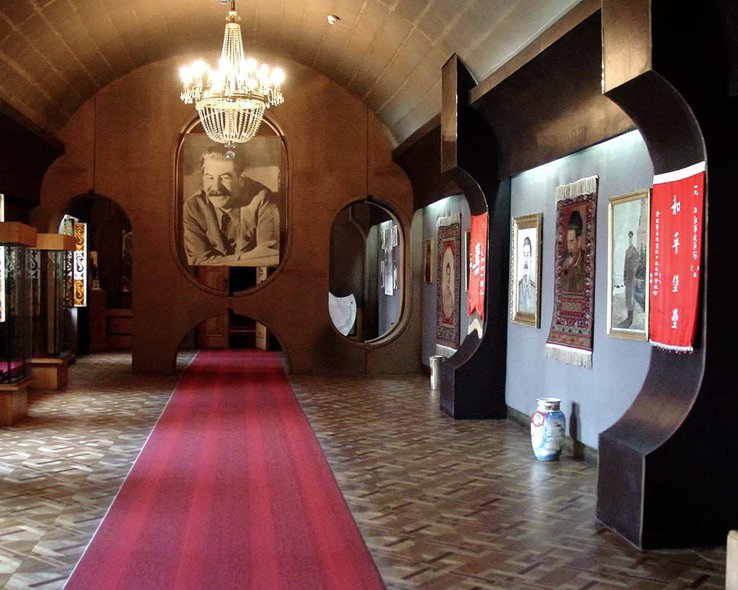
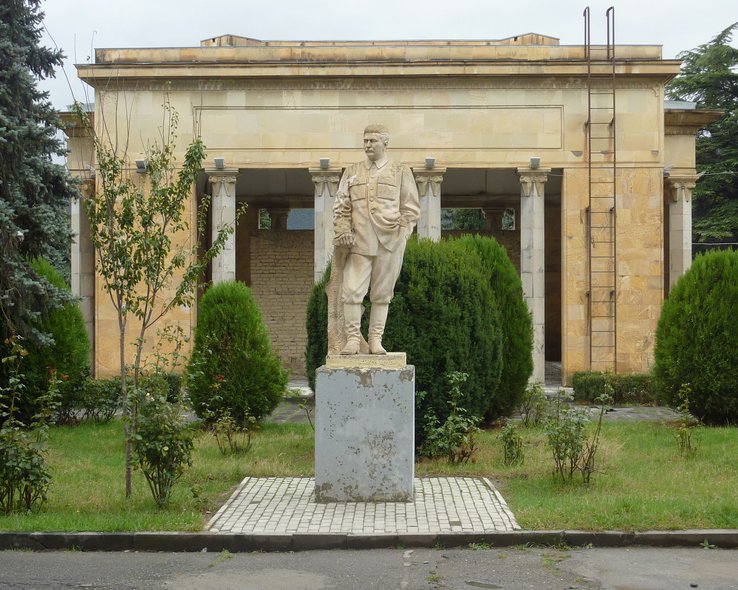
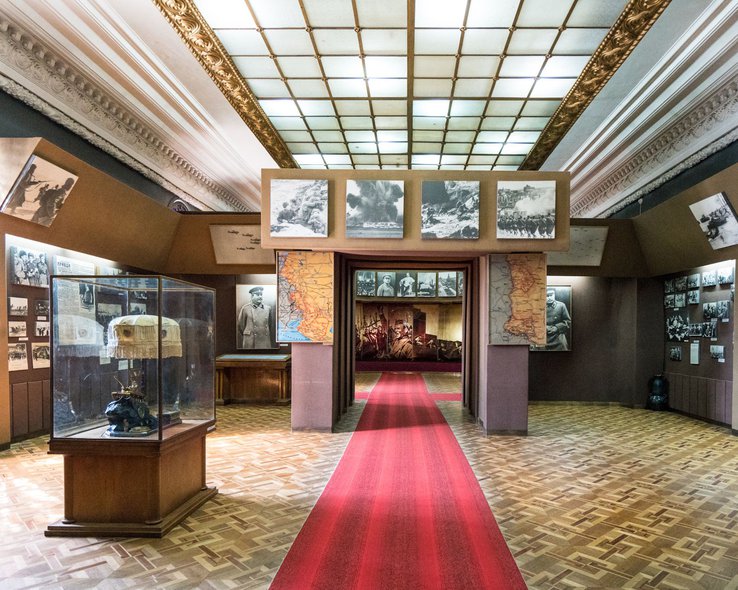
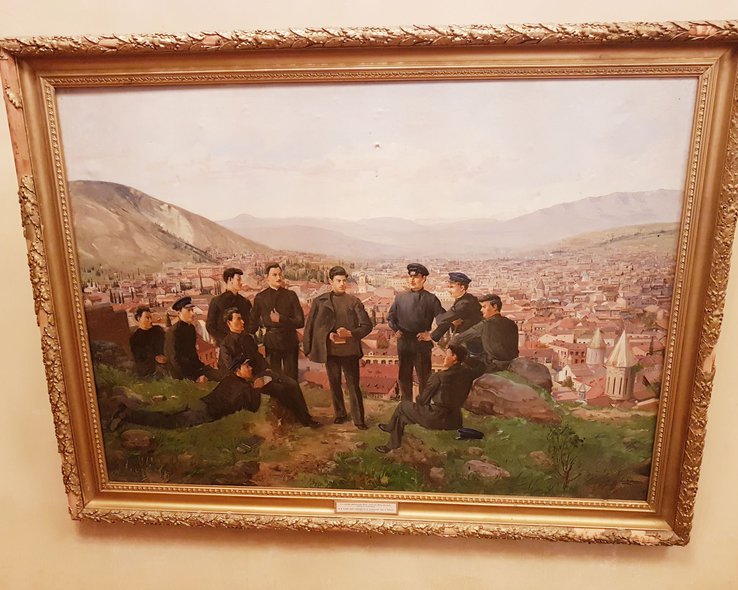
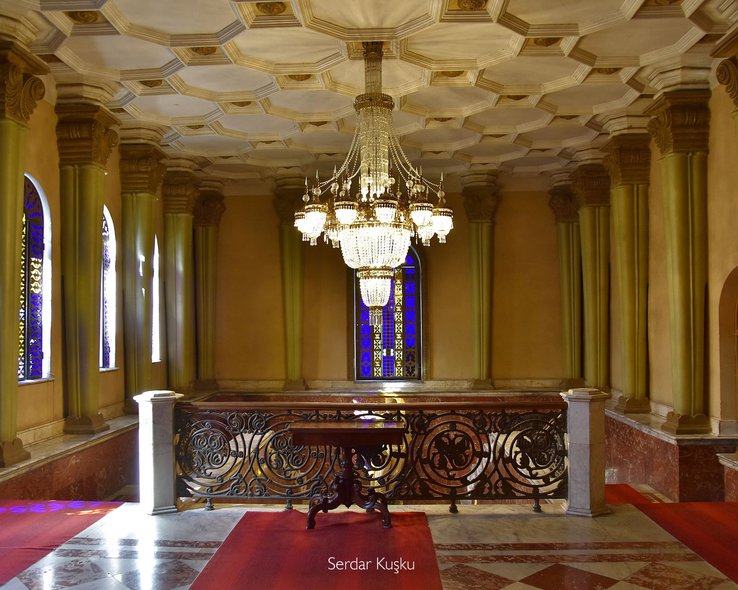
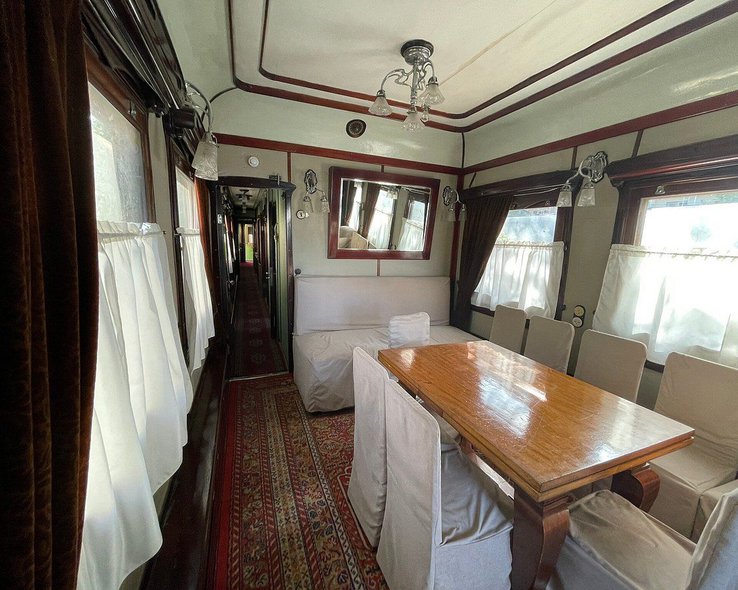
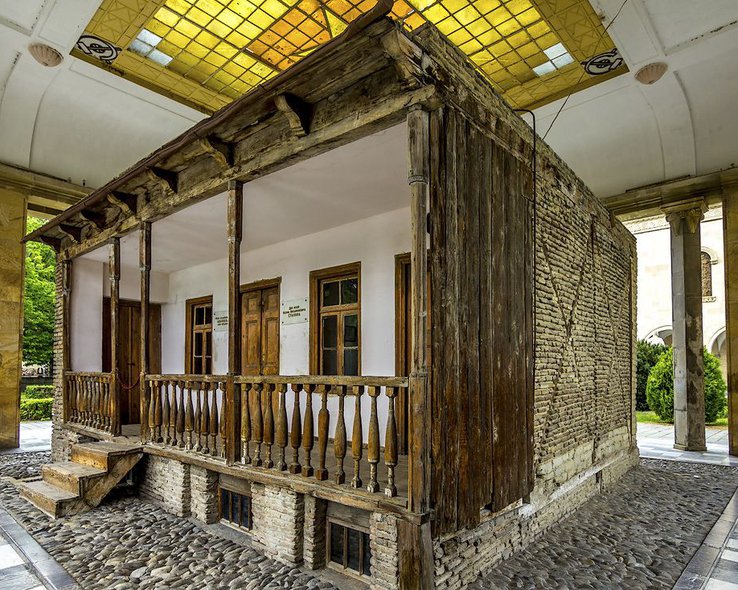
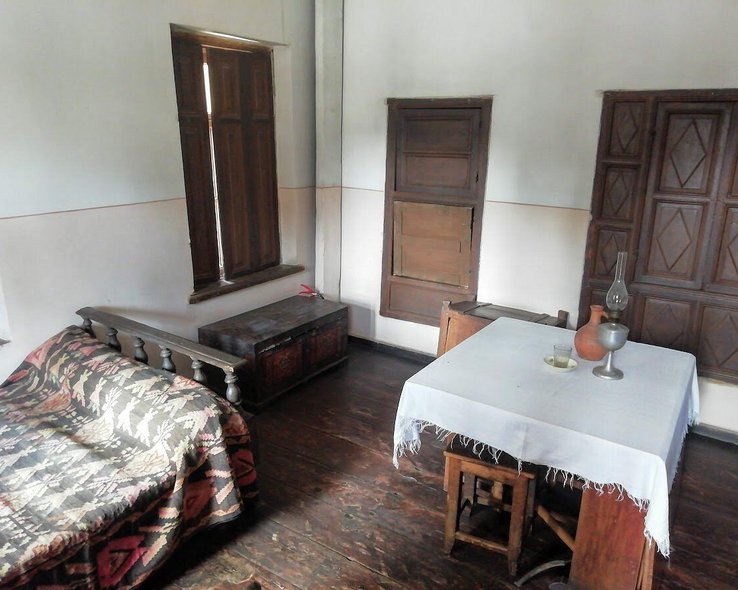

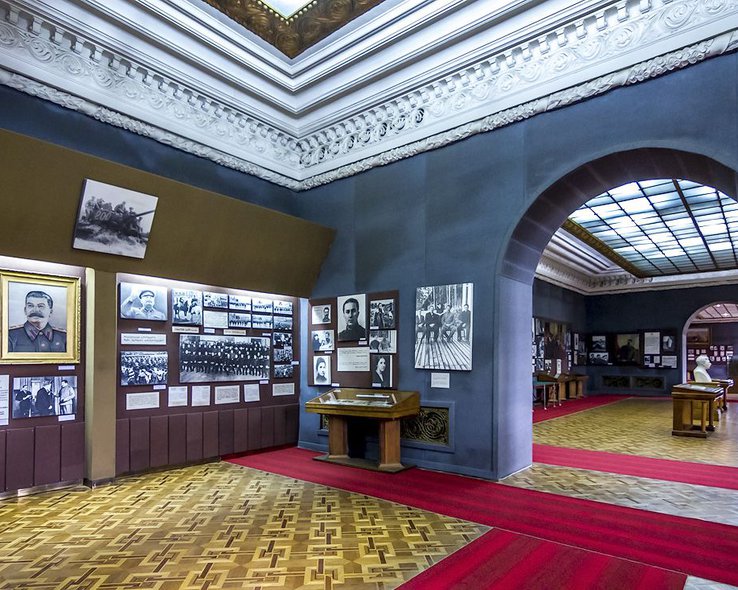
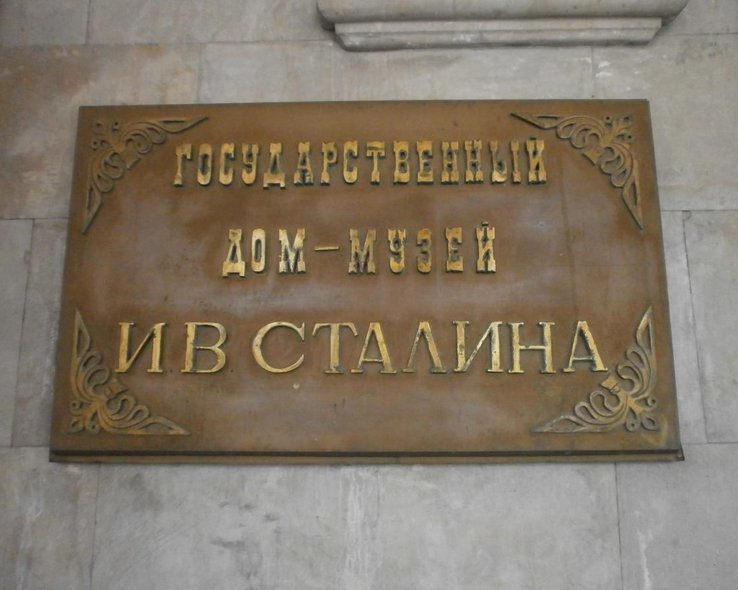



37 comments
Log in to leave a comment
The museum showcases a collection of personal belongings, photographs, and documents related to Stalin, creating an immersive experience that both educates and provokes thought. Visitors have the opportunity to explore Stalin's childhood home, which has been preserved and transformed into a museum exhibit. Additionally, there are displays dedicated to the Soviet Union's industrialization efforts, the Great Purge, and the impact of Stalin's leadership on Georgia.
What makes the Museum of Stalinism truly unique is its ability to challenge visitors' preconceived notions and provoke discussions on the complex legacy of Stalin. Some argue that the museum glorifies the dictator, while others see it as an opportunity to reflect on the darker chapters of history. Regardless of one's perspective, this museum serves as a reminder of the power and influence of one individual and the consequences of their actions.
For those interested in delving into Georgia's history and exploring its complexities, the Museum of Stalinism offers a thought-provoking and unconventional experience. It encourages visitors to contemplate the past and engage in meaningful dialogue about the impact of authoritarian regimes. Whether you agree or disagree with its approach, this museum undoubtedly sparks conversations and leaves a lasting impression on all who visit.
В состав музея входит дом, где родился Иосиф Сталин, а также здание с башней и личным вагоном поезда. В музее хранятся личные вещи, рукописи, документы, подарки из различных стран мира, и даже маска, снятая с его лица после кончины.
В музее хранятся не только личные вещи, но даже маска, снятая посмертно. Так же на територии, прилегающей к музею стоит личный вагон великого вождя.